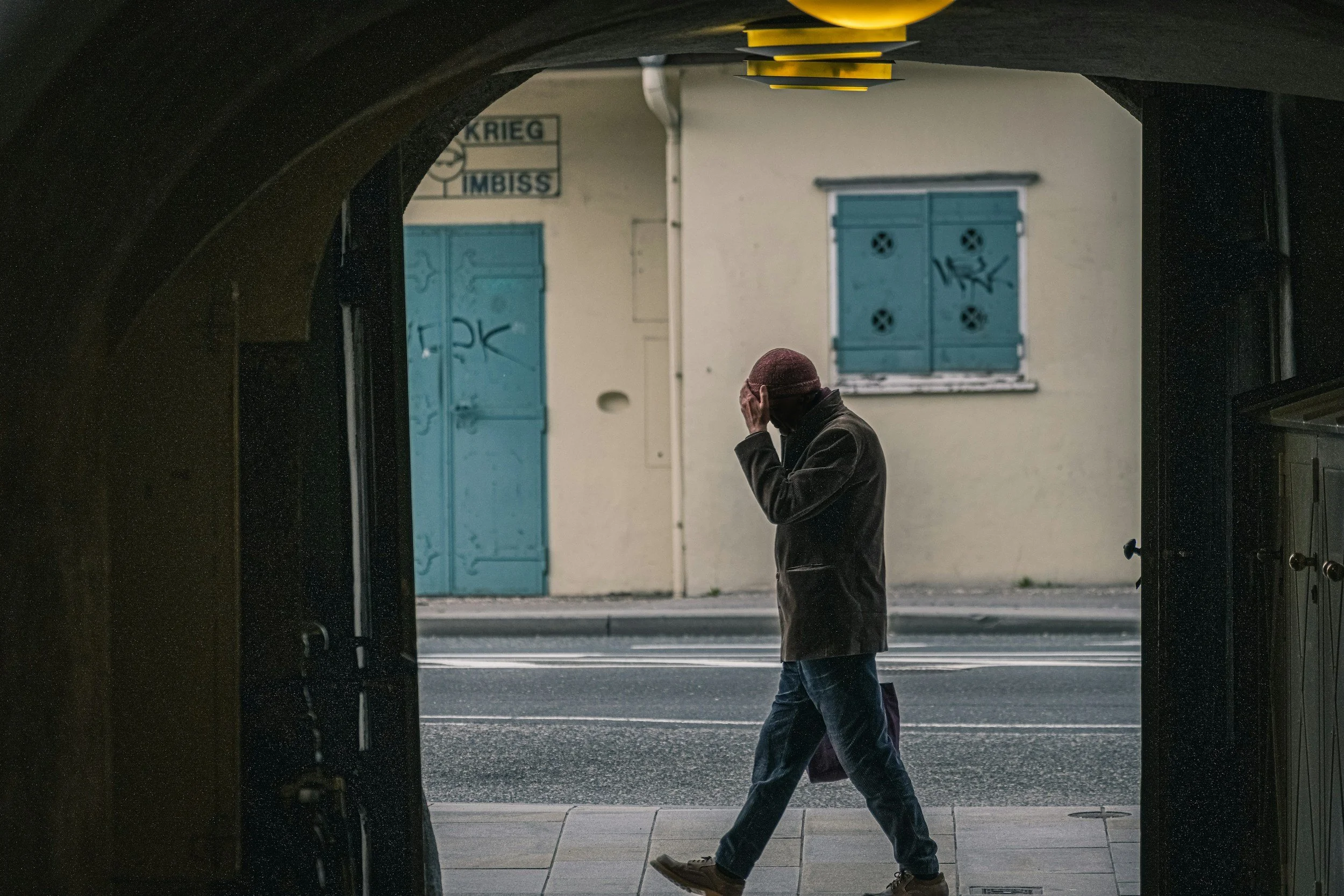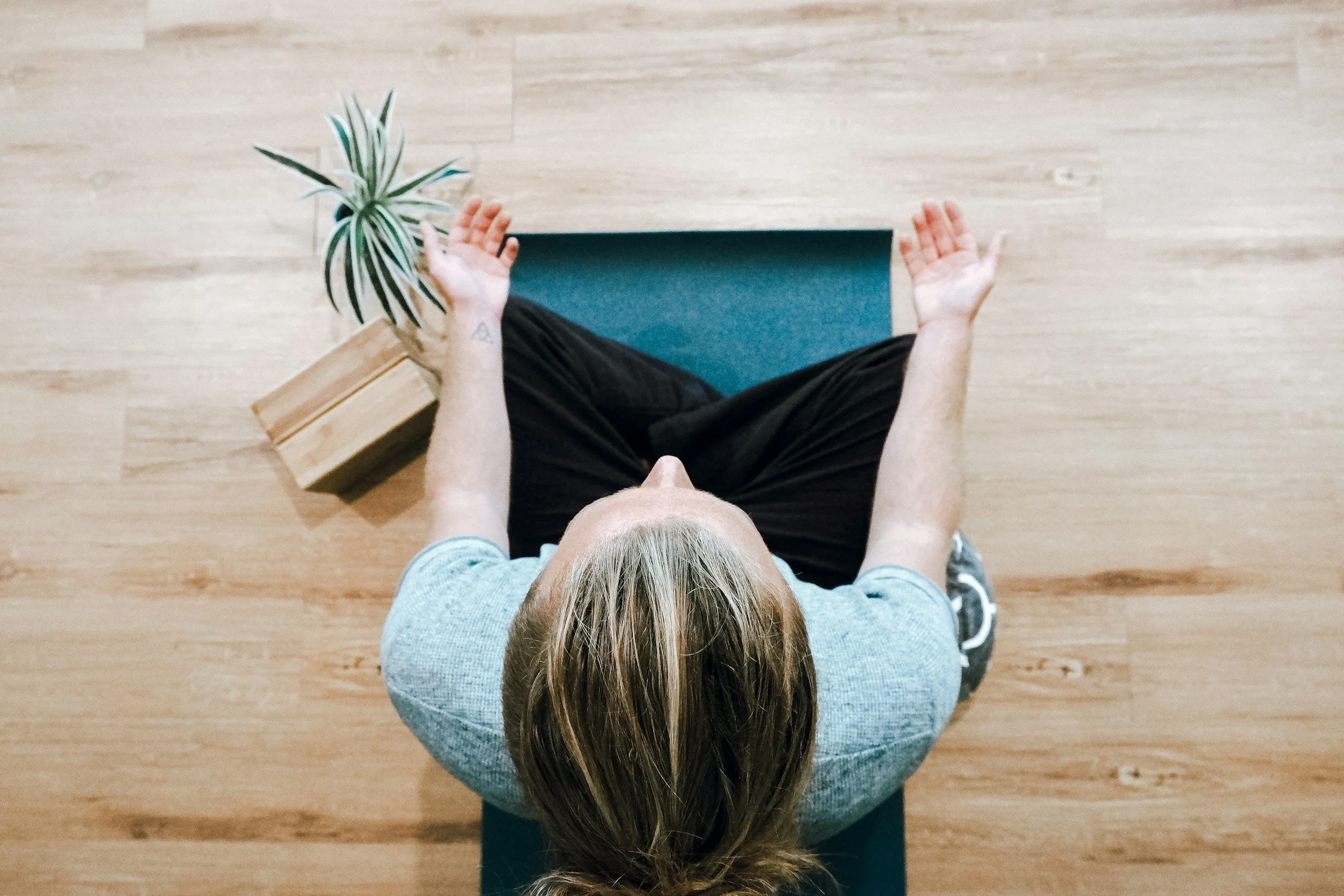
Therapy for Anxiety and Panic
Finding Calm in the Chaos
Anxiety is a natural human response designed to protect us from danger. When functioning well, it sharpens our focus and prepares us to act. But when the system becomes overactive, everyday situations—work, relationships, even making simple decisions—can trigger the same “fight-or-flight” response as if real danger were present. Panic attacks are one of the clearest examples of this: sudden surges of fear accompanied by physical sensations like a racing heart, shortness of breath, dizziness, or chest tightness. While frightening, these symptoms are the body’s alarm system misfiring, not signs of something dangerous.
Living with chronic anxiety or panic can be exhausting. Constant worry, muscle tension, and restlessness can interfere with sleep, concentration, and relationships. Many people also begin to avoid situations that trigger anxiety, which may provide short-term relief but often reinforces the cycle in the long run. It’s important to know that you’re not alone—anxiety disorders are the most common mental health condition worldwide, and effective treatment exists.
In therapy, we use evidence-based approaches to help you understand your body’s stress response, calm the nervous system, and challenge anxious thought patterns. Our work together provides practical strategies for managing both the mental and physical symptoms of anxiety, so you can feel more grounded, resilient, and in control.
Common Anxiety Challenges
Racing Thoughts and Constant Worry
Anxiety often shows up as a relentless stream of “what if” thoughts. You might find yourself anticipating worst-case scenarios, replaying past conversations, or struggling to shut your mind off at night. While worry can feel like it’s keeping you prepared, it usually leaves you drained, distracted, and stuck in a cycle of overthinking.
Physical Symptoms of Anxiety
Anxiety isn’t just in your head—it shows up in the body too. Muscle tension, headaches, digestive issues, a racing heart, or shortness of breath are all common physical symptoms. Panic attacks are an intense example, where the body’s alarm system goes into overdrive, producing real physical sensations that can feel frightening but are not dangerous.
Avoidance and Safety Behaviors
To cope with anxiety, many people begin avoiding situations that trigger it—skipping social events, putting off important tasks, or relying on “safety behaviors” like constant reassurance-seeking. While avoidance can provide short-term relief, it often reinforces anxiety in the long run, making the world feel smaller and more overwhelming.
Feeling On Edge or Restless
For some, anxiety is less about specific fears and more about a persistent sense of unease. You may feel keyed up, restless, or unable to relax—even when nothing in particular seems wrong. This constant state of hypervigilance can be mentally and physically exhausting.
Wondering if Therapy is Right for You?
How Therapy Helps with Anxiety and Panic
While anxiety can feel overwhelming, effective treatment is available. We use evidence-based approaches that address both the thought patterns and the physical responses that keep anxiety and panic in motion.
Cognitive Behavioral Therapy (CBT): CBT helps you identify and challenge anxious thinking patterns, replacing worst-case scenarios and self-doubt with more balanced perspectives. Over time, this reduces the power anxiety has over your decisions and daily life.
Acceptance and Commitment Therapy (ACT): Instead of trying to eliminate anxiety altogether, ACT teaches you how to live with uncertainty while still moving toward your values and goals. You’ll learn to notice anxious thoughts without letting them dictate your behavior, creating more flexibility and freedom.
Mindfulness-Based Strategies: Anxiety often pulls us into the past or future—rehashing mistakes or worrying about what’s ahead. Mindfulness helps bring you back to the present moment, calming the body’s stress response and cultivating self-compassion. These practices can be powerful tools for interrupting cycles of worry and panic.
Exposure Techniques: Avoidance is one of anxiety’s strongest fuels. Through gradual, supportive exposure to feared situations, you’ll retrain your brain to recognize that discomfort is tolerable and that feared outcomes often don’t occur. This process helps reduce anxiety’s grip and expands your ability to engage fully in life.
Together, these approaches create a comprehensive treatment plan tailored to your needs. Therapy offers not only immediate coping tools but also long-term strategies for building resilience, so you can feel calmer, more confident, and more in control of your life.




